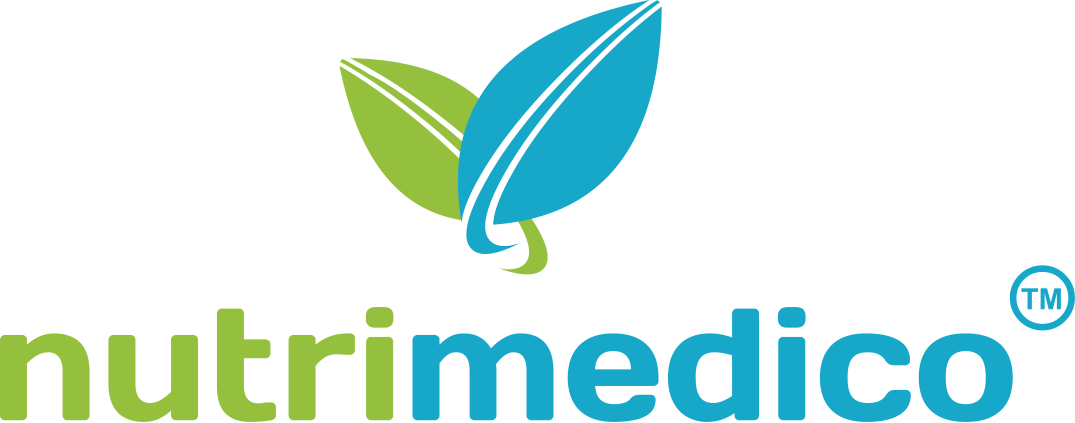
Change can be as welcome as a financial reporting automation skunk at a garden party, especially in the workplace. Start by highlighting the benefits of automation, like saving time and reducing errors. Evaluate your existing systems and understand your current report requirements.

Best Practices for Automation of Financial Reporting
Additionally, cloud-based systems offer real-time data to be synchronised, helping to ensure financial records are always up to date. This Bookstime real-time aspect has proven vital for businesses in generating accurate financial reports, tracking their cash flow, and maintaining a comprehensive financial oversight. Historically, few automation tools have proven effective for analysing financial statements.
Best practices for automating financial reports
Automated financial reporting tools can streamline the data collection and consolidation process, reducing the risk of human error and increasing the speed and accuracy of financial reporting. These tools can also help to ensure that financial data is consistent, complete, and compliant with regulatory requirements. Financial reporting processes involve several key steps, including data collection and consolidation, report generation and distribution, and analysis and interpretation. These steps are essential for ensuring that financial reports are accurate, timely, and useful for decision-making. Enhance reporting and analysis by learning to automate financial statements.
- Understanding your unique needs will help you identify the features that are must-haves versus nice-to-haves.
- Training sessions educate your employees on the automated financial reporting software.
- By creating a culture of security awareness, you can rest easier knowing your financial information is locked up tighter than Fort Knox.
- Moreover, reporting can be produced at the click of a button with automation.
- Businesses can streamline cash flow by utilizing APIs to link bank accounts and financial data sources.
- Next, some firms may face issues with respect to the integration of automated solutions with legacy systems that are not configured to collaborate with them.
Financial Reporting Automation: Benefits & Best Practices
Document generations systems involve logic-based systems that use pre-existing text and/or data segments to compile a new document. Generating standardized invoices or financial statements are some examples of this technology under finance automation. Financial close is a lengthy process, comprising roughly of eight steps. Without the right tools, your finance and accounting team may be struggling to collect data from multiple sources and perform the analysis required to answer questions about corporate financial performance. For the Phocas business planning and analytics solution, all people using the analytics function can take advantage of automation tools like Phocas AI (artificial intelligence).
- Slip-ups can lead to hefty fines, legal battles, and a tarnished reputation.
- The business can establish early payment incentives and late payment fees from here.
- Financial reporting software can handle various types of cash flow and income statements, balance sheets and company performance and equity statements for shareholders.
- In the modern landscape of business and accounting, bookkeeping automation represents a significant advancement in the way financial records can be managed.
- AI-integrated systems engage with various financial platforms, such as enterprise resource planning, or ERP, systems and banking portals.
This newfound efficiency allowed them to make faster, data-driven decisions, ultimately driving their growth and profitability. Automation turned out to be their ace in the hole, proving that even the biggest ships can change course with the right tools. Financial reporting automation software gathers the required data from all connected systems, irrespective of location, for easy report generation. FP&A teams can also use automated financial reporting systems to generate reports that provide a transparent and detailed overview of the company’s financial health.

The lengthy process of collecting and organizing large volumes of data can now be streamlined to be completed within shorter time frames. This means that the previously occupied resources are gross vs net now available to be reallocated to higher priority, higher level processes, helping increase the efficiency of the firm. Additionally, AI equips you with tools for scenario analysis, which is essential for robust planning and risk management.
Subscribe For More Financial System Insights

Bookkeeping automation has been a significant leap forward in financial management over the last ten years, offering businesses and accountants unparalleled accuracy, efficiency, and strategic insight. While the adoption of these tools requires careful consideration of a business’s unique needs, their uses grant SMEs who have embraced them a distinct advantage over competitors. The success of financial reporting automation relies heavily on the financial reporting system you adopt. No code workflow automation tools like Cflow give businesses the advantage of customizing workflows as per their unique business requirements. Here are the features of Cflow that make it the best automation tool for the financial reporting process.
- Schedule a personalized demo with Nanonets to learn how our solution can transform your financial reporting workflow.
- Finally, consider what integrations you require, as well as any that would be nice to have.
- By addressing these challenges proactively, organizations can unlock the full potential of financial reporting automation, leading to increased efficiency, accuracy, and strategic decision-making.
- When you automate reporting, you can preserve data integrity by applying permissions to limit who can view or edit sensitive documents.
Financial statements, also known as financial reports, are summary documentation of the financial condition of an organization, summarizing a company’s performance throughout the year. Automation plays a complementary role to companies’ accounting departments. It can relieve accountants from repetitive manual bookkeeping tasks and allow them to focus on financial data curation and analysis. Businesses can streamline cash flow by utilizing APIs to link bank accounts and financial data sources. Modern accounting software uses data security features like at-rest, on-browser encryption and two-factor authentication to protect user data integrity.

Recent Comments